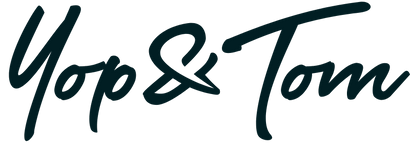Votre panier est vide
Section
Drop element here!
How to Develop a Story Idea
By Clare Povey
Clare Povey is Editorial & Communities Manager at writersandartists.co.uk. She is also a children's fiction author and her debut middle grade book, The Unexpected Tale of Bastien Bonlivre, was a Waterstones Children’s Book of the Month. Its sequel, The Unexpected Tale of the Bad Brothers, published in July.
Somewhere amongst your journal and notebook pages, there might well be the seed of a story idea just waiting for you. If you’ve decided that now’s the time to pursue your creative writing interest, here are some tips on how to develop your idea.

📝 Keep notes of your favourite types of writing
When I’m reading a book and come across something amazing – whether it’s description, dialogue, or metaphor – I write it down and squirrel it away. My favourite authors all have different writing styles and the lists that I create are a way of reconnecting with them. It reminds me that every writer, including myself, has something unique to offer and that we all do this because we really love words. Create your own treasure trove of brilliant wordplay and come back to it every time you’re in need of inspiration.
📚 Read, read, read
Reading is the most important thing you can do as a writer. It’s a great way to learn so much about writing and, most importantly, reading as many books as you can will help you to develop your own voice. If you’re really organised, keep a reading tracker as it’s a great way for you to see which sort of books you’re most drawn to.
If I get stuck while writing, I will take a break and read. The effect reading has is instant. Just like when you’re playing a video game and need to wait to heal or regain your strength, dipping into a book reminds me that yes, writing is hard, but it’s something that I can do!
🎨 Explore creative writing prompts
All creative minds need a boost now and then. Writing prompts are a great way for you to test out your idea, putting your character(s) in a number of different situations and seeing how they’ll react. And the more you write, the better you get.
There are a number of creative writing prompts and exercises on the W&A Resources page, but also check out A Writer’s Journal Workbook by Lucy van Smit and 642 Things to Write About by the San Francisco Writers’ Grotto.

🤔 Ask yourself questions
- Why is my main character doing this?
- What structure will the plot take?
- Why?
- What?
- How?
- When?
- Where?
I annoy myself with these types of question from the very first rough draft all the way to the final version.
Motivation is an important word here; you want the readers of your story to understand why your characters are doing the things they do. Understandably, answers might change as you revise and edit, but as long as you can answer each question, justifying your choices, then you’re on your way to creating a tight and well-thought out story.
💭 All writing counts
I wrote the first draft of my first book, The Unexpected Tale of Bastien Bonlivre, anywhere I could. I wrote on my phone during my morning commute to work. I took the Central Line on the London underground and losing myself in my story was a good way to forget about the armpit that my head was currently stuck in. I’d sit on a bench during lunch breaks, scribbling scenes in my notebook.
You don’t need your own office, a decluttered desk, or even a proper laptop to write a story. You can write in the cracks of the day as long as you have your imagination and something to type on or scribble in.

Somewhere to scribble your story ideas ✍🏼


